Volunteering in the Central Highlands
As the only woman to hold the position of Editor-in-Chief in the 78-year history of Gia Lai Newspaper's establishment and growth, journalist Dang Thi Thu Ha (pen name Dang Thu Ha, Kim Anh) was once jokingly called by reporters as "Mrs. Thatcher" of Gia Lai Newspaper, implying the similarity between her and the "steel rose" of England at that time in her determination to reform.
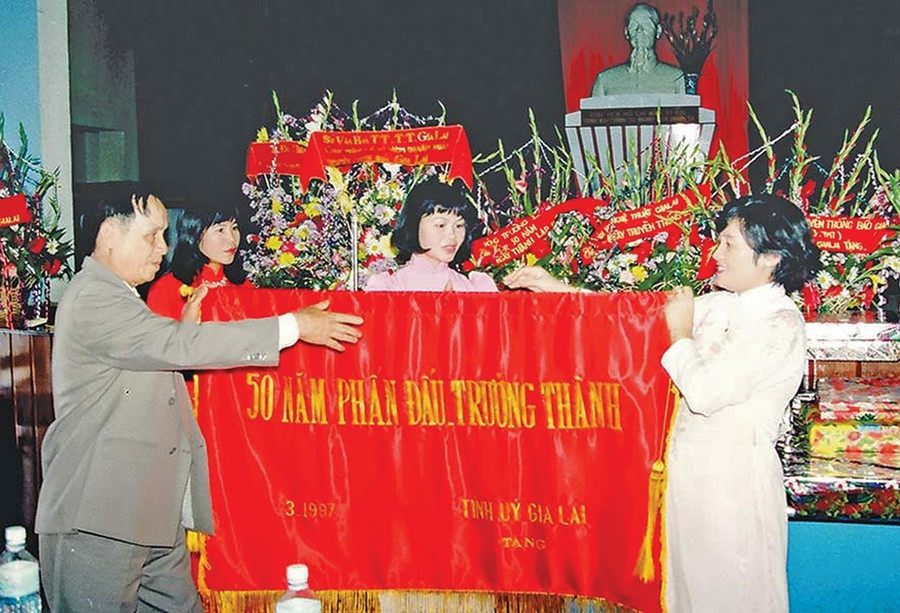
“My father is from Binh Dinh, my mother is from Quang Ngai, they both gathered in the North during the first years of the anti-American war. I myself was born in Hanoi , after finishing high school, I took the entrance exam for the second Journalism class of the Central Propaganda School (now the Academy of Journalism and Propaganda). I entered school on a very special day: April 30, 1975” - journalist Dang Thi Thu Ha opened the conversation.
In July 1979, right after graduating, the young female journalist volunteered to go to Gia Lai- Kon Tum even though she knew there would be many difficulties waiting. About a year before the liberation, her mother was also one of many cadres who volunteered to work in the Central Highlands, and was assigned the task of Head of the Department of Infectious Diseases (Kon Tum Provincial General Hospital).
Many interesting memories about the profession were shared by journalist Dang Thi Thu Ha when recalling her early days as a journalist. When she first joined the newspaper, she was assigned to promote the distribution and circulation sector (food, commerce, currency, etc.). Many situations that were difficult, even life-threatening, are now considered by her as happy memories that she will never forget. She still remembers the hundreds of kilometers of business trip to a central forestry unit stationed in Sa Thay district by a Jeep without a roof. The whole journey was on bumpy dirt roads through the old forest. Unexpectedly, when she arrived, the young girl suddenly met her classmate from high school, who is now a technical officer of this company.
In the time when there were still many geographical and communication distances, unexpectedly meeting old friends in the deep forests and mountains made them extremely happy. The business trip from several decades ago was still imprinted in her memory because when they returned, they were suddenly shot by FULRO snipers. The Jeep had a punctured wheel but luckily they were able to escape thanks to the experience and quick-wittedness of the driver.
From those days, journalist Dang Thi Thu Ha had already experienced the dangers of working in the Northern Central Highlands. Another time when she thought she would not survive was when she had a malaria attack during a business trip to a remote village in Ayun Pa. There was no medical station, and that night, the Ba River rose so high that when she was brought to the riverbank, cars could not cross (at that time there was no bridge across this section). In a delirious fever, she was pushed onto the back of a large elephant to wade across the river, then taken straight to the Provincial General Hospital for treatment for a week. Indeed, not many journalists have had such “strange” experiences as hers.
In addition, people who experienced the subsidy period like her also clearly felt other difficulties in life and work. With a progressive spirit, journalist Dang Thi Thu Ha saw the absurdity of the stamp and distribution mechanism. “Sometimes we were given a wheel, sometimes a chain, but we could not even get a bicycle to go to work, so the person who was given one had to wrap things in newspaper and hang it at the head of the bed. Once, I brought a wheel to exchange with a private trader for 2 meters of kate fabric to make a shirt, but was immediately criticized in front of the agency for “collaborating” with private traders” - she laughed as she recalled. The idea of reform had already begun to take shape in her mind at that time.
Laying the foundation for innovation
Having been formally trained in journalism and honed in her mettle and ideological stance, from her role as a reporter, journalist Dang Thi Thu Ha successively held many different positions and was appointed Deputy Editor-in-Chief when she was just over 30 years old. In 1995, she became Editor-in-Chief of Gia Lai Newspaper. She was also the first woman in the press and media sector to join the Provincial Party Committee; and was also the female journalist representing the Central Highlands region to join the Executive Committee of the Vietnam Journalists Association, term VI.
From volunteer to pioneer, Editor-in-Chief Dang Thi Thu Ha discussed to make decisions on innovation and development. At that time, Gia Lai Newspaper was one of the last local Party newspapers in the country still using typo printing technique which limited product quality and high cost. With determination and ingenuity, she overcame many obstacles, dissolved the Party Newspaper Printing Enterprise with outdated printing techniques and switched to offset printing in Quy Nhon (Binh Dinh). This was considered an internal revolution of the agency, starting with improving the form and quality of the newspaper. The staff of more than 20 people of the Printing Enterprise were also supported to transfer to other agencies.
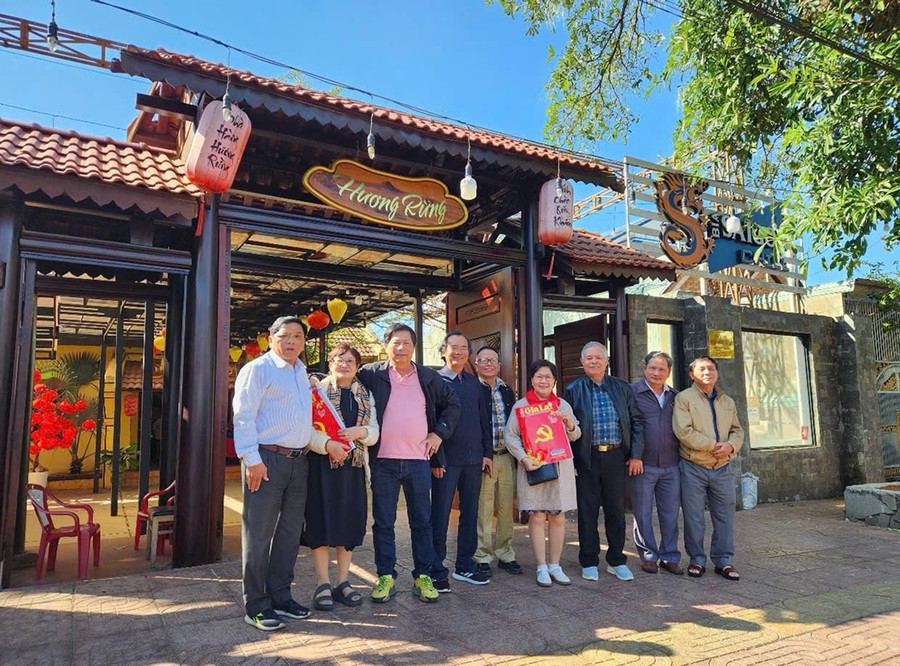
Journalist Le Dinh Ninh - former Head of the Gia Lai Newspaper Reporter Department - affirmed: Editor-in-Chief Dang Thi Thu Ha is a "reformer", the one who started the period of innovation of the newspaper from then until now. Along with the reform of the apparatus, she also quickly reformed technology, improved the quality of the team, and formed a generation of professional and dynamic reporters. At a time when reporters had nothing more personal than a notebook and a pen, she managed to equip 2 reporters/1 computer; supported reporters to take turns borrowing agency funds to purchase working equipment such as cameras, recorders, motorbikes, etc.
“The face of the agency changed rapidly, the prestige and position of Gia Lai Newspaper were also raised. As a dedicated and visionary manager, journalist Dang Thi Thu Ha paved the way for vibrant press activities, exploiting the capacity of reporters in the genres of reportage, investigative reportage, anti-negative articles... There were articles placed on the agenda of People's Council meetings, from which the province paid attention and made decisions that benefited people's lives. Meanwhile, she herself did not covet anything but always worked for the common good" - journalist Le Dinh Ninh commented.
In the mind of journalist Bui Van Vinh (pen name Bui Quang Vinh), former editor of Gia Lai Newspaper, Editor-in-Chief Dang Thi Thu Ha is a leader who is open-minded and sharp in using people. In 1993, in addition to the 2 weekly editions, Gia Lai Newspaper launched the Gia Lai edition at the end of the month to diversify the content and propaganda topics, focusing on the culture and arts section to meet the needs of readers. The first issue was published with 32 pages, 4-color cover, with innovative content and eye-catching form, so it was enthusiastically received by readers.
In 1994, when journalist Bui Van Vinh transferred from Kon Tum to Gia Lai, Ms. Ha decided to assign him to be in charge of the above publication because he had the ability to connect with many collaborators inside and outside the province, including the art team. Of course, there could not be any "words of mouth" when assigning an important publication to a person in charge who was not a party member. However, later, the leader still convinced the collective, thereby maximizing the enthusiasm and creativity of the staff in their work.
According to journalist Bui Van Vinh, along with caring for the core young team that had been built up such as Vo Thanh That, Thanh Phong, Nguyen Chuong, Nguyen Thinh, Luong Van Danh, etc., journalist Dang Thi Thu Ha also "asked" for more qualified and dedicated people from other places. Among them was journalist Ngoc Tan - a "reporter" who was starting to become famous, at that time a reporter for the provincial Radio and Television Station, which was strengthening its presence in the border district of Chu Prong. Later, journalist Ngoc Tan became the main writer of the reportage-reportage section of Gia Lai newspaper, loved and highly appreciated by readers.
In the memories of many journalists of this period, Editor-in-Chief Dang Thi Thu Ha was a person who could do what she said; brave and daring to face conflicts in the transition period between the old and the new. She was also the one who promoted the development of the press economy, increased revenue to take care of the lives of her colleagues by encouraging reporters to exploit advertising in Gia Lai newspaper; organized for reporters to study professional experience in many localities as well as participate in professional training courses...
In particular, with the approval of the Provincial Party Committee, she also worked with the Director of the Institute of Journalism and Propaganda (now the Academy of Journalism and Propaganda) to open an in-service journalism university class for reporters in the Central Highlands region in Gia Lai, thereby training many professional and prestigious reporters later.
Journalist Dang Thi Thu Ha confided: “At that time, there were people who did not accept innovation, and there was also a patriarchal ideology, but there were still many people who supported me and created favorable conditions for me in my work, especially the provincial leaders, leaders of departments and branches... I also had a very strong support system in my life partner and both families, so I could devote myself to my work.”
After nearly 20 years of working for Gia Lai Newspaper, for family reasons, in 1998, she moved to Hanoi to live and work. However, this land always holds a lot of memories for her, the place that witnessed her beautiful youth with both happiness and tears, the place where she met her life partner... Journalist Dang Thi Thu Ha said: Every year, she returns to visit Gia Lai several times to have fun with her old colleagues, to celebrate the innovation and development of Gia Lai Newspaper, the newspaper to which she has worked so hard.
Source: https://baogialai.com.vn/nha-bao-dang-thi-thu-ha-voi-tu-duy-cai-cach-tao-bao-post328921.html








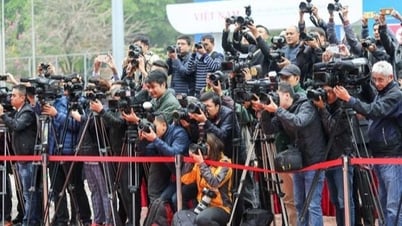

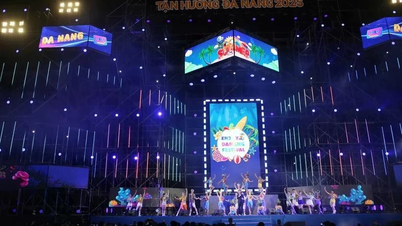
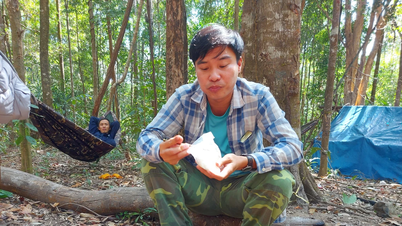
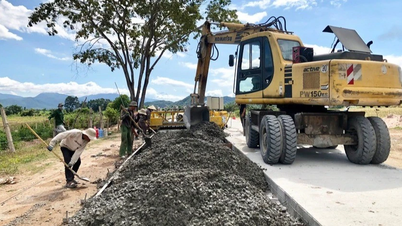
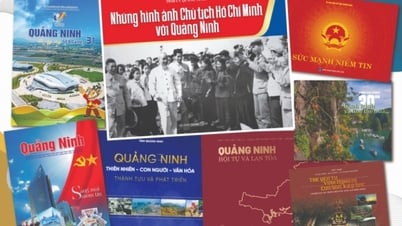

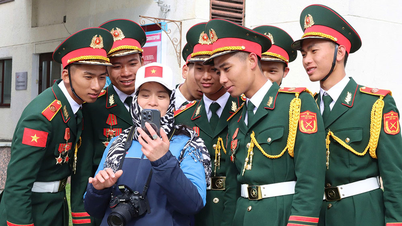

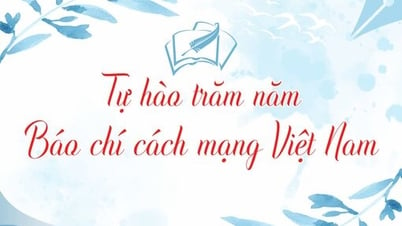



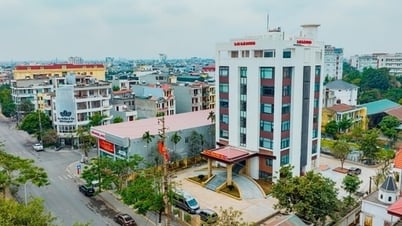
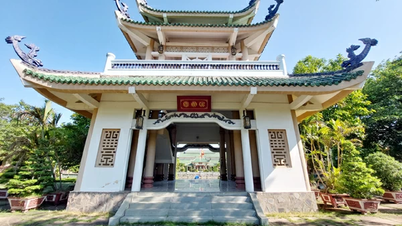

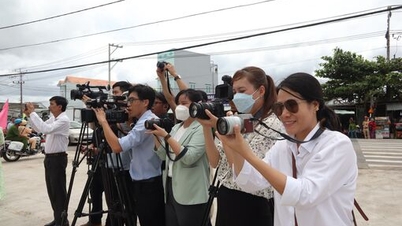






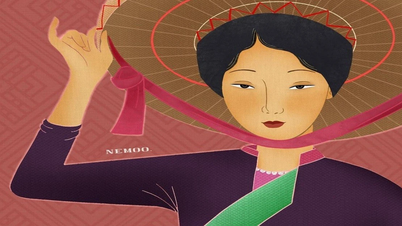
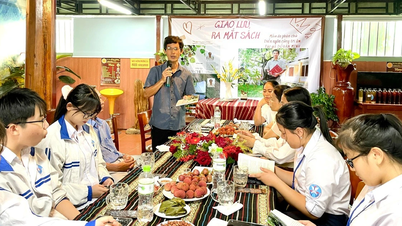

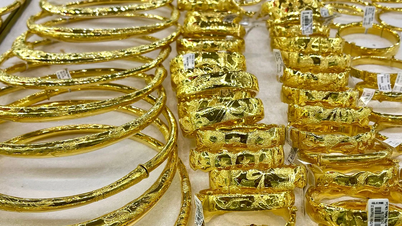
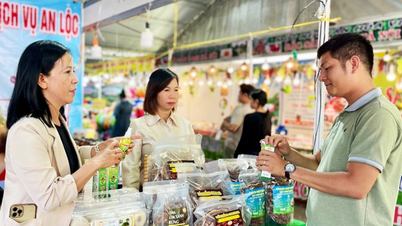
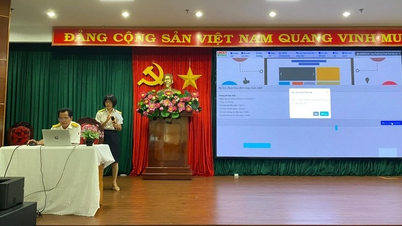

![[Photo] The 9th Congress of the Party Committee of the Office of the President, term 2025-2030](https://vphoto.vietnam.vn/thumb/1200x675/vietnam/resource/IMAGE/2025/6/20/78e7f27e8c4b4edc8859f09572409ad3)


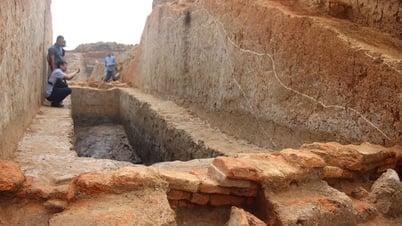





















![[Maritime News] Wan Hai Lines invests $150 million to buy 48,000 containers](https://vphoto.vietnam.vn/thumb/402x226/vietnam/resource/IMAGE/2025/6/20/c945a62aff624b4bb5c25e67e9bcc1cb)














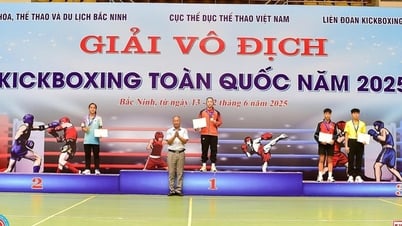

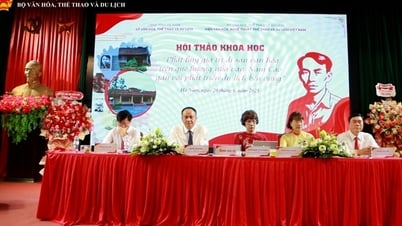
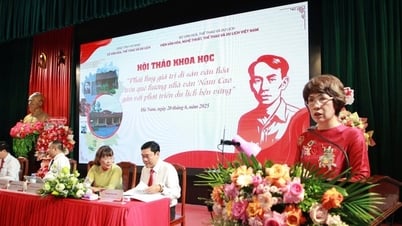

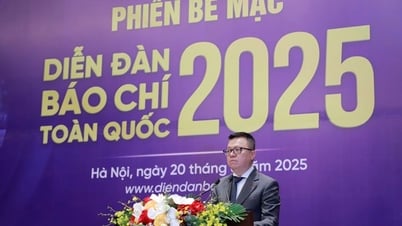
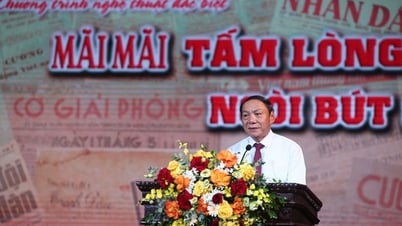

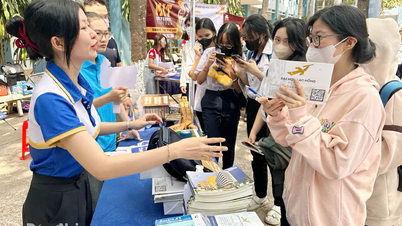
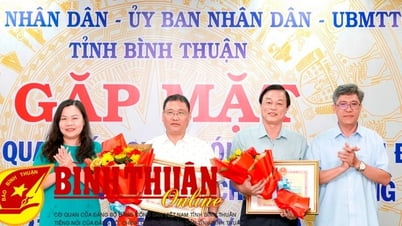



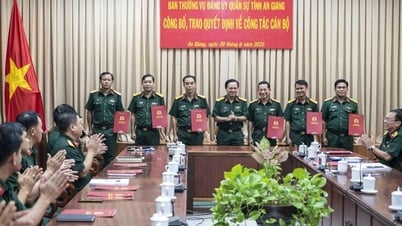
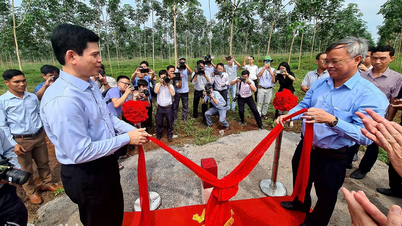












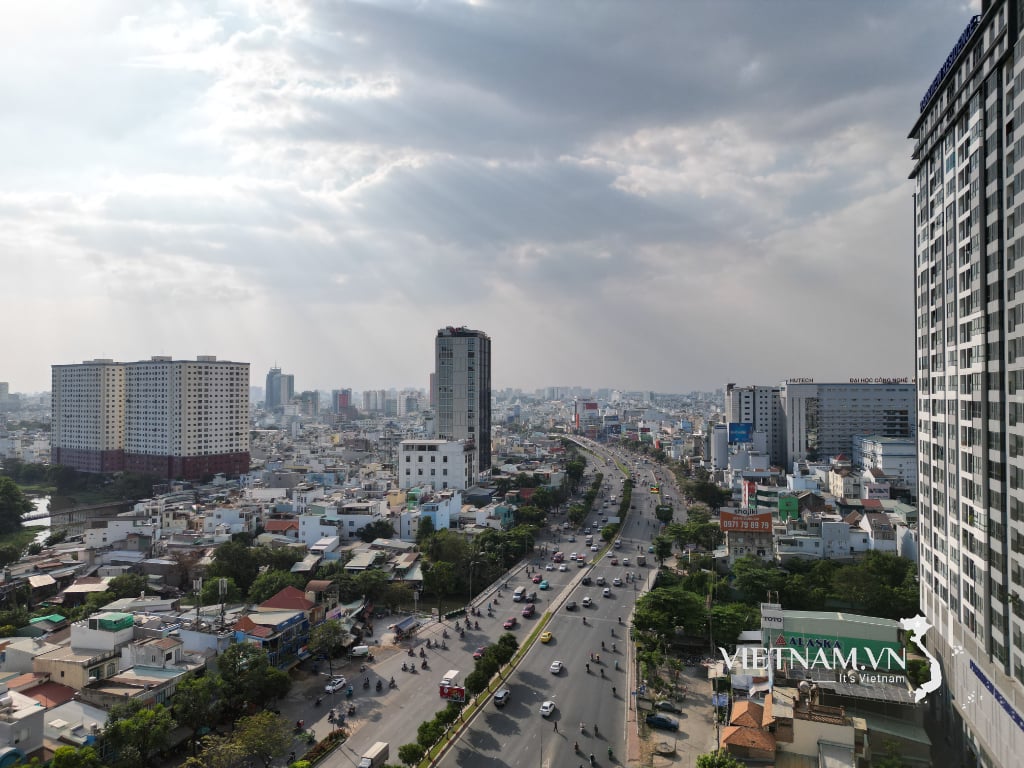
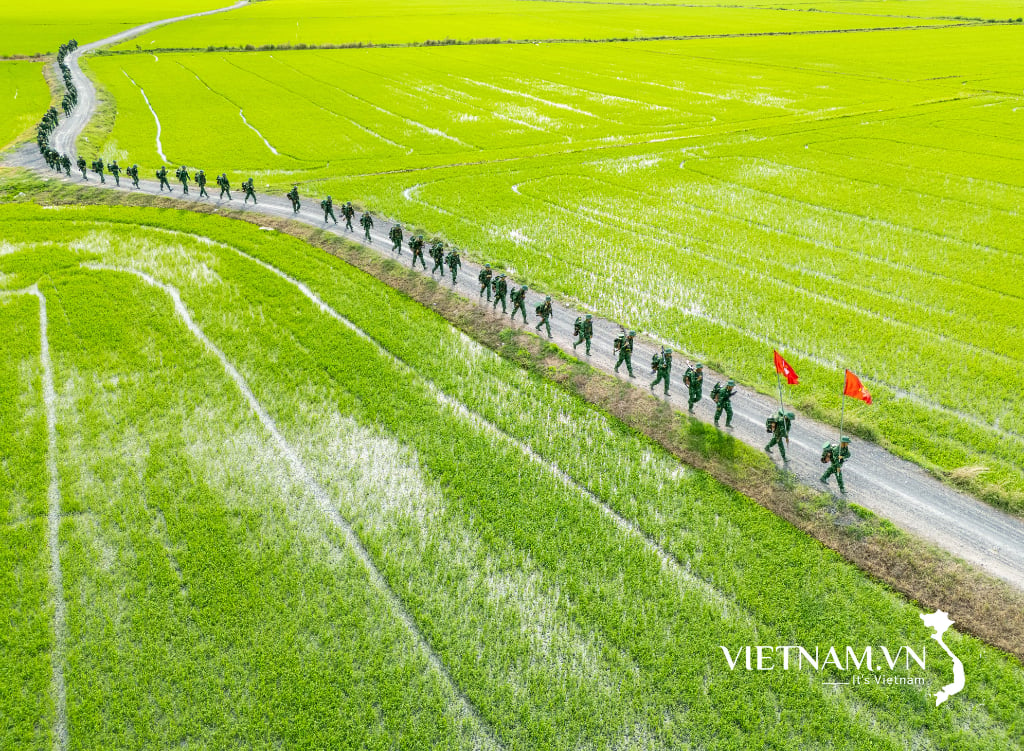

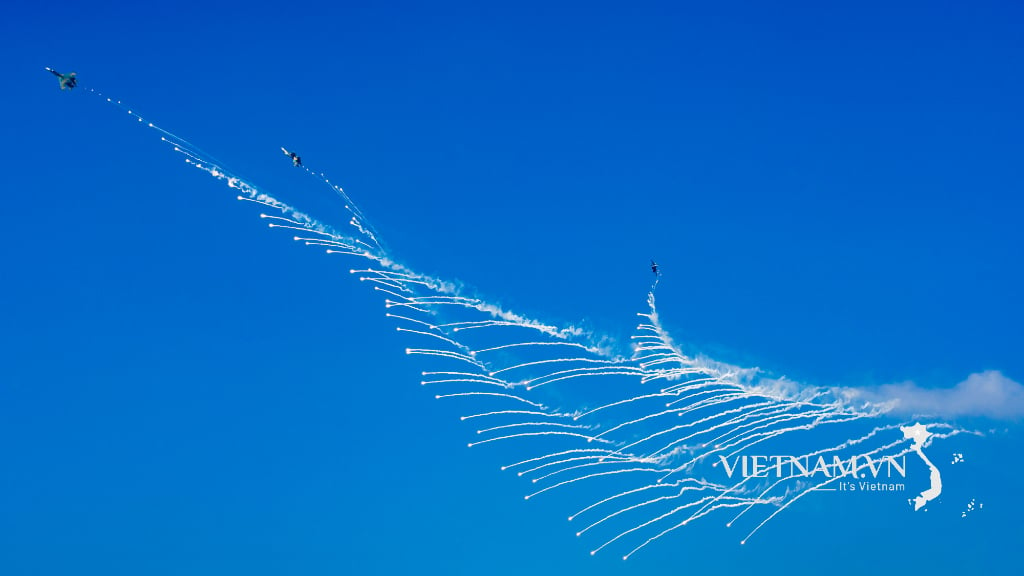
Comment (0)